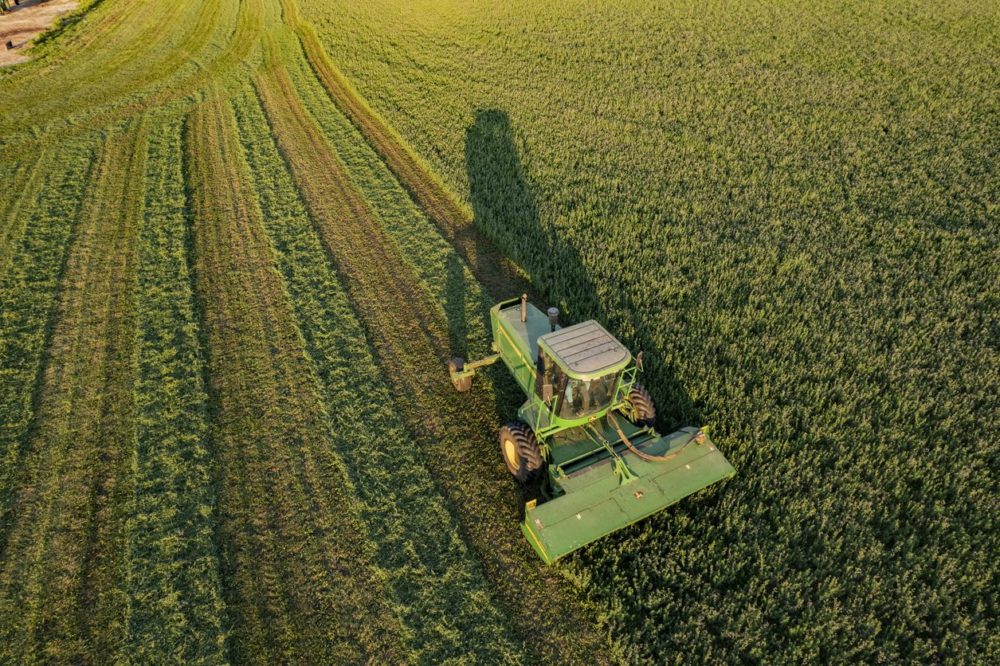As talk of carbon sequestration grows louder, so does the call for more regenerative agriculture, which can capture and store large amounts of CO2.
Major agrifood CPGs, in particular, hopped aboard the “net zero” wagon in 2022. Simultaneously, they made regen ag commitments in the hopes of offsetting some of their supply chain emissions.
But depending on who you talk to, regenerative agriculture is about much more than just capturing carbon. Restoring and strengthening biodiversity, reducing inequality, and nurturing rural communities are all part of the regenerative agriculture fabric. And many consider it as much a philosophy as a set of farming practices.
It’s also always worth noting that regenerative agriculture is by no means new. Indigenous cultures have used many of its farming practices and principles for millennia.
To give a broad overview of how agrifood corporations are defining regen ag, AFN has rounded up some quotes from this year’s climate check-in articles that offer up some approaches. What do you think? How do you define regenerative agriculture? Email me at [email protected]
It’s the whole farm ecosystem
“It revolves around the farm’s ecosystem: looking at the soil, looking at biodiversity, looking at water, and also looking at the carbon aspect. It is also about ensuring economic benefits for the farmers,” Jennifer Simpson, director of agriculture, Danone North America, told AFN this year.
She added that, “While soil health is just one piece of the puzzle, we work hand-in-hand with our farmer partners to apply a tailored approach to each individual farm to help them adopt economically-viable regenerative farming practices that are best for them.”
It starts with soil
“Regenerative or sustainability have different meanings and applications depending on where you’re growing,” Brad Heald, director of mill relations for King Arthur Baking Co., said in September. “It’s a fluid thing, not only with time, but it’s fluid by region.”
Doug Nelson, a member of King Arthur’s Farmer Direct program, said the bottom-line definition of regen ag is “trying to produce a product in a way that we’re putting more carbon in the soil.”
“If you’re practicing good regenerative farming at the end of the year, you’ve grown a crop and you’ve improved the soil. Each year that you improve your soil that we’re sending better grain down the line to the King Arthur’s the world, they have a better product they have a better substrate to work with to melt flour to continue to produce a quality product.”
It’s for the next generation
Rob Meyers, VP sustainable agriculture at PepsiCo, says the transition to regen ag is about business risk mitigation and meeting sustainability targets. For farmers, it’s also about longevity:
“When you look at some of the core practices of not disturbing the soil, diverse crop rotation, using inputs really efficiently, protecting the diversity on and around a farm, these are all really important practices that farmers would find important with an eye towards really being able to hand the farming operation off to the next generation.”
It’s regional practice
“Across the diversity of our sourcing regions, there’s not a single set of practices to improve soil health,” said Nicholas Mylet, global manager of sustainability at AB InBev. “We developed an approach that could reflect that complexity.”
AB InBev also said in a statement this year that, “there is no “one-size-fits-all” approach to improving soil health across the wide range of soil conditions, technical capacities, and external pressures that define the realities of farmers around the globe.”
It should be restorative
“When we talk about regenerative agriculture, the thesis is around what we call ‘restorative cultivation,’” said Edward Perello, associate director for agriculture at Deep Science Ventures (DSV).
“We’re trying to pay back into ecosystem services,” he says. “So that any kind of agricultural practice is leaving the ambient environment in a better condition, and certainly not taking away from it.”
What do you think? How do you define regenerative agriculture? Email me at [email protected]




